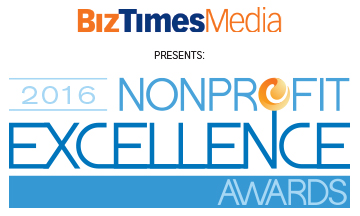Kellie Bews , A Solutions Consultant for Tobii Dynavox presented on assistive technology and communication on December 13th during a DSAW webinar. We are summarizing the presentation here. Please access the recording of the webinar for further information.
The Need For Communication Devices
8 out of 1,000 people worldwide cannot use speech to communicate.
2-3 million people in the U.S. could benefit from speech generating devices.
Only 5% of these people have a speech device
What is Augmentative & Alternative Communication (AAC)?
AAC is any device, system or method that improves a person’s ability to communicate effectively and participate in the world around them.
Can be implemented any time, but usually earlier in the care process is better
A Communication System Should:
Increase participation in all environments
Support timely interaction
Provide meaningful language to the recipient
Support language and literacy development
Encourage successful day-to-day, face-to- face, real-time interaction
Be age and level appropriate
AAC Myths
Choosing to use an AAC system is giving up - “the easy way out”
AAC will hinder speech and language development
AAC is an individual’s sole communication modality
The focus of AAC use is the assessment of devices and focus on technology
How do I know if someone could benefit from AAC?
Full Communication Success Screen Here
Does the individual have a diagnosis that puts him/her at risk for speech or language challenges? (ASD, CP, aphasia, ALS, etc.)
Does the individual have less than 20 words/signs/ signals that can be understood by unfamiliar listeners?
Does the individual have difficulty communicating his/her ideas (e.g., asking for a desired item, telling a story, expressing an idea)?
Goals of AAC
Communicating successfully NOW
System that will be used for long-term communication (this may change as individual progresses
Development of language and speech production through AAC use
The Process
An individual has been identified as a possible AAC candidate by the team
Referral for AAC evaluation
Outpatient speech language pathologist
Speech Language Pathologists in your school district
District Contact Person (larger districts)
CESAs
AAC Referral Forms - beneficial for outside evaluators, i.e., private therapy clinics, outpatient SLPs
What is SGD Evaluation?
Answers the questions:
Why does this individual need a SGD?
How they are communicating in their natural environment?
Which features of an SGD are required to match their abilities and compensate for their areas of need?
Choosing a Communication System
One size does not fit all
Assessing Strengths/Weaknesses
cognition
language
motor
sensory
What Does Success Look Like?
Increased attention to interactions
Initiation of communication
Use of more vocabulary
Longer interactions
Use of more tools or pages
Enjoyment of interaction, and/or
More independence in communication
Online Resources
Trial Guides
Lesson Plans
Core Books
Resources, Resources and MORE Resources @ mytobiidynavox.com
WI Medicaid Recommendations
4-week trial across ALL communication environments – school, home and community
Must demonstrate intent to communicate with device
Focus on functional communication and conversation – “beyond requesting”
Establish recommended equipment to be “least costly alternative”
Demonstrated family advocacy
WI Medicaid FUNDING PACKET CHECKLIST
Evaluation Report
WI PA-DMEA
Copy of current IEP
Client Information Form
Release of Benefits and Assignment
Insurance card copies
Supporting letters of advocacy
Physician Rx
Face-to-face physician visit notes (must state need for SGD and performed within 6 months of prescription)
Time and Effort for Success!








